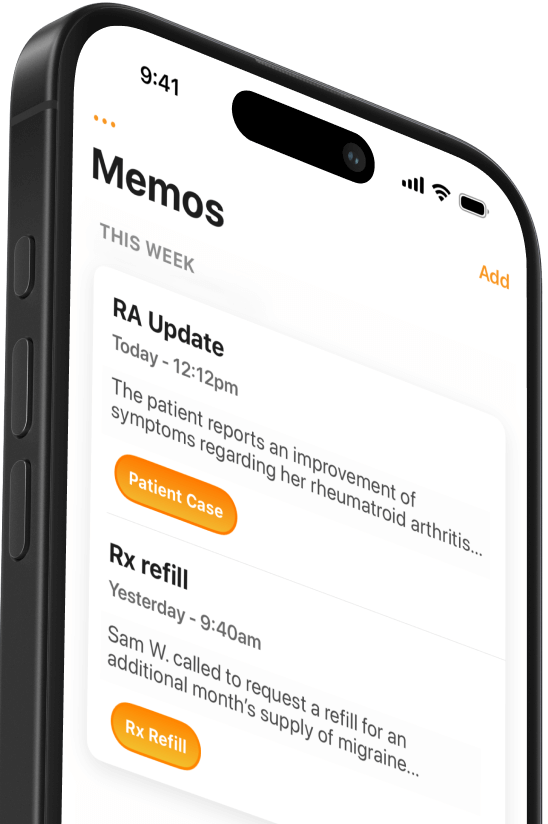Computer vision syndrome affects more than 60 million Americans
Imagine this: after hours on digital devices, your eyes itch and blur. If this sounds familiar, you're among millions with computer vision syndrome.


Popular articles
Imagine this: you’ve been catching up with your mHealth news, answering some emails, and working on that report due next week. But after a couple hours, it gets harder to focus on your work. You’re vision is a little blurry and your eyes itch; maybe your back starts to hurt, or you develop a slight headache.
If any of these symptoms sound familiar, you’re likely among the 50 to 90 percent of people who suffer from computer vision syndrome. That’s right – it’s not just part of the workday, it has a name.
Computer vision syndrome (CSV) isn’t a specific problem, rather it encompasses a whole range of eye strain and pain experienced by computer users. In addition to affecting the majority of working adults, millions of kids suffer from CSV, especially if they spend hours gaming or lots of time on the computer at school.
Why the high rates of computer vision syndrome? WebMD compares the condition to carpal tunnel: it results when you carry out the same motion over and over again, and it gets worse the longer you continue the activity. Reading on a computer is harder on the eyes than reading print because the screen is always changing – not just based on content, but also because of contrast, flicker, and glare.
According to 2014 research, the average american adult spends over 11 hours a day using electronic devices. A recent report warns that use of a computer for even three hours a day has been found to result in eye symptoms, back pain and psychosocial stress.
In addition to the sheer volume of screen time, it’s harder for your eyes to focus on pixels than on paper. As the New York Times explains: “Unlike words printed on a page that have sharply defined edges, electronic characters… have blurred edges, making it more difficult for eyes to maintain focus. Unconsciously, the eyes repeatedly attempt to rest by shifting their focus to an area behind the screen, and this constant switch between screen and relaxation point creates eyestrain and fatigue.”
The good news is that there’s no evidence that computer vision syndrome causes long-term damage to the eyes, and there are steps you can take to reduce the discomfort. Just looking up from the screen every 20 minutes to gaze out the window or scan the room can help a lot.
Experts also recommend that you optimize your reading environment: change the lighting around you to reduce glare, and adjust your screen’s contrast, brightness and font size so you don’t have to strain to read clearly. Ideally, your computer screen should be just below eye level and about two feet away.
While it’s hard to know exactly who is affected, researchers estimate that 90 percent of the 70 million Americans who work at a computer for at least 3 hours per day experience symptoms from CVS. That population is increasing, and doesn’t account for millions of children and adolescents who are glued to smartphones or other gaming devices. As we continue digitizing our lives – including health care – it’s worth learning the symptoms and optimizing our environments to reduce strain.
Related Articles


We Get Doctors Home on Time.
Contact us
We proudly offer enterprise-ready solutions for large clinical practices and hospitals.
Whether you’re looking for a universal dictation platform or want to improve the documentation efficiency of your workforce, we’re here to help.




